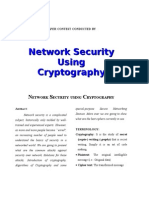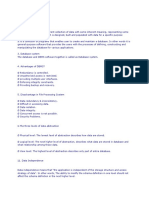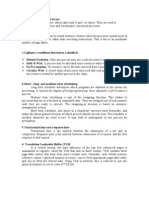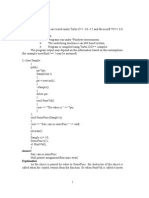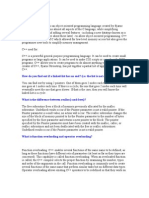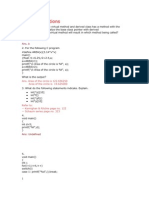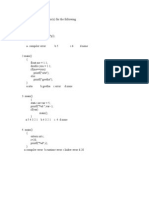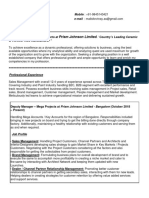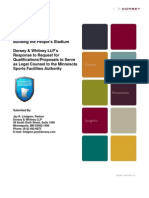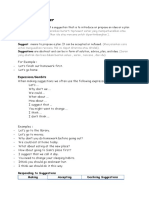0% found this document useful (0 votes)
150 views6 pagesCryptography and Network Security
check dis out.. !!!
Uploaded by
Puspala ManojkumarCopyright
© Attribution Non-Commercial (BY-NC)
We take content rights seriously. If you suspect this is your content, claim it here.
Available Formats
Download as DOC, PDF, TXT or read online on Scribd
0% found this document useful (0 votes)
150 views6 pagesCryptography and Network Security
check dis out.. !!!
Uploaded by
Puspala ManojkumarCopyright
© Attribution Non-Commercial (BY-NC)
We take content rights seriously. If you suspect this is your content, claim it here.
Available Formats
Download as DOC, PDF, TXT or read online on Scribd
/ 6


























